bigtargetmedia.com – Improving your website’s Google ranking requires content that is both SEO-friendly and high-quality. An SEO-friendly article is written with specific optimization guidelines so that search engines can easily crawl, understand, and index the content. When done correctly, it increases your chances of appearing on the first page of search results—bringing more traffic, improving brand awareness, and boosting conversions.
This guide will walk you through 15 proven ways to write SEO-friendly and high-quality articles, step by step.
What Is an SEO-Friendly Article?
An SEO-friendly article is a piece of content written with specific keywords, optimized structure, and technical elements so search engines can easily identify its relevance. Keywords are typically placed in headings (H1, H2, H3) and naturally throughout the content.
The goal is simple:
To help Google understand the context and match the article with the right search intent.
The more relevant your keyword and structure are, the higher your chances of ranking on the SERP (Search Engine Results Page).
1. Perform Keyword Research

Keyword research is the foundation of every SEO-friendly article. It ensures the content you produce matches what your audience is actually searching for.
Tools you can use:
-
SEMrush
-
Ahrefs
-
Google Keyword Planner
-
Ubersuggest
Choose keywords with:
✔ High search volume
✔ Reasonable competition
✔ Clear search intent
These keywords will guide your topic and outline.
2. Choose a Topic That Matches the Keyword
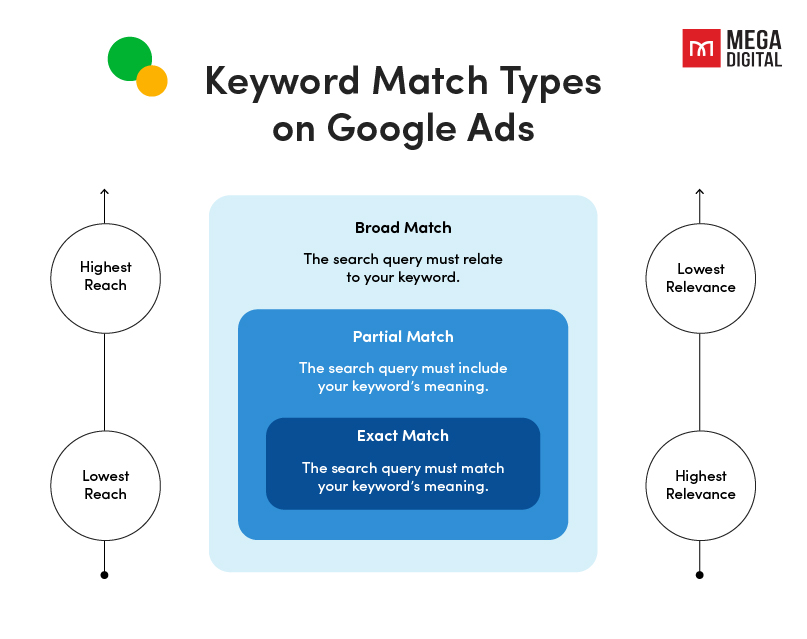
After identifying your primary keyword, select a topic that aligns with user intent. Analyze competitors, understand what readers want, and aim to provide a more complete and valuable explanation.
When your topic matches what users are searching for, your article becomes more relevant—improving ranking potential.
3. Use a Strong Article Structure
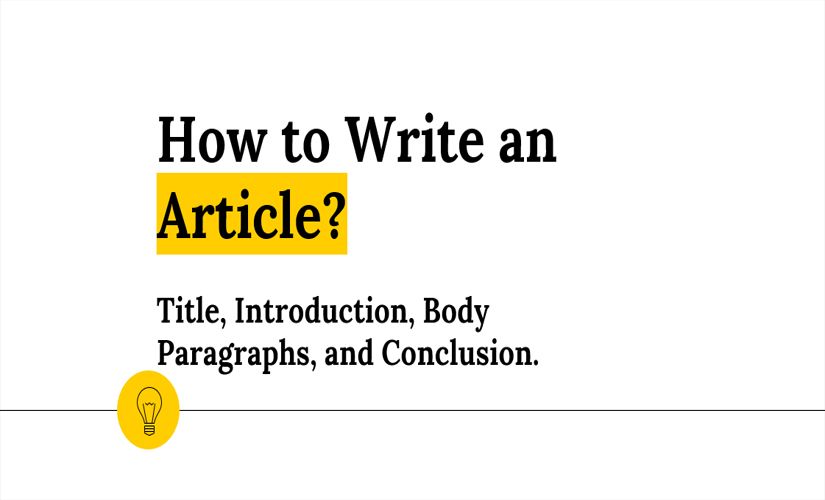
An SEO-friendly article must have a clear structure:
-
Introduction – context and purpose
-
Body Content – main explanation, divided into sections
-
Conclusion – summary and key takeaway
A well-structured article is easier for readers to follow and for search engines to crawl.
4. Use Proper Heading Structure
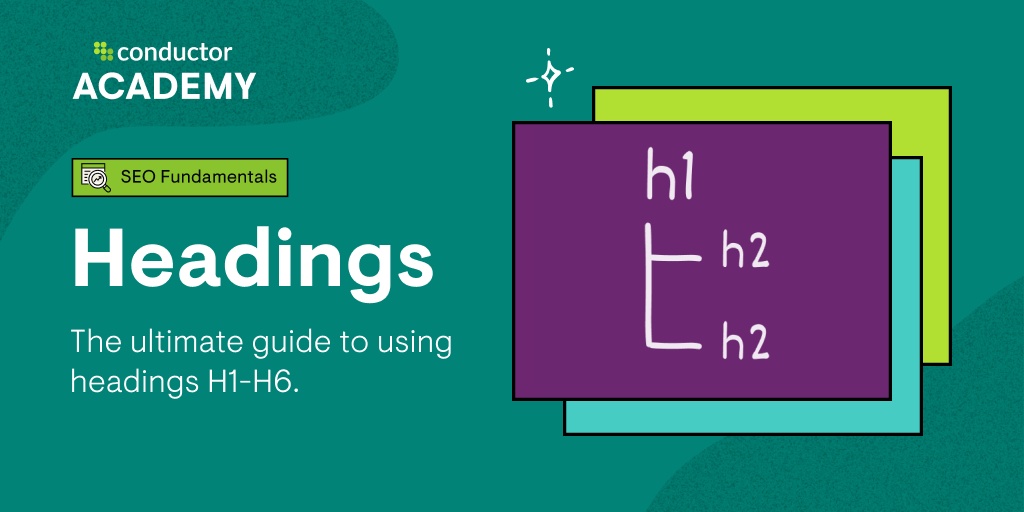
Headings help Google understand the hierarchy of your content:
-
H1 – main article title (include main keyword)
-
H2 – main subheadings
-
H3/H4 – supporting points under each section
Good heading structure improves readability and SEO crawlability.
5. Use Keywords Naturally (Avoid Keyword Stuffing)
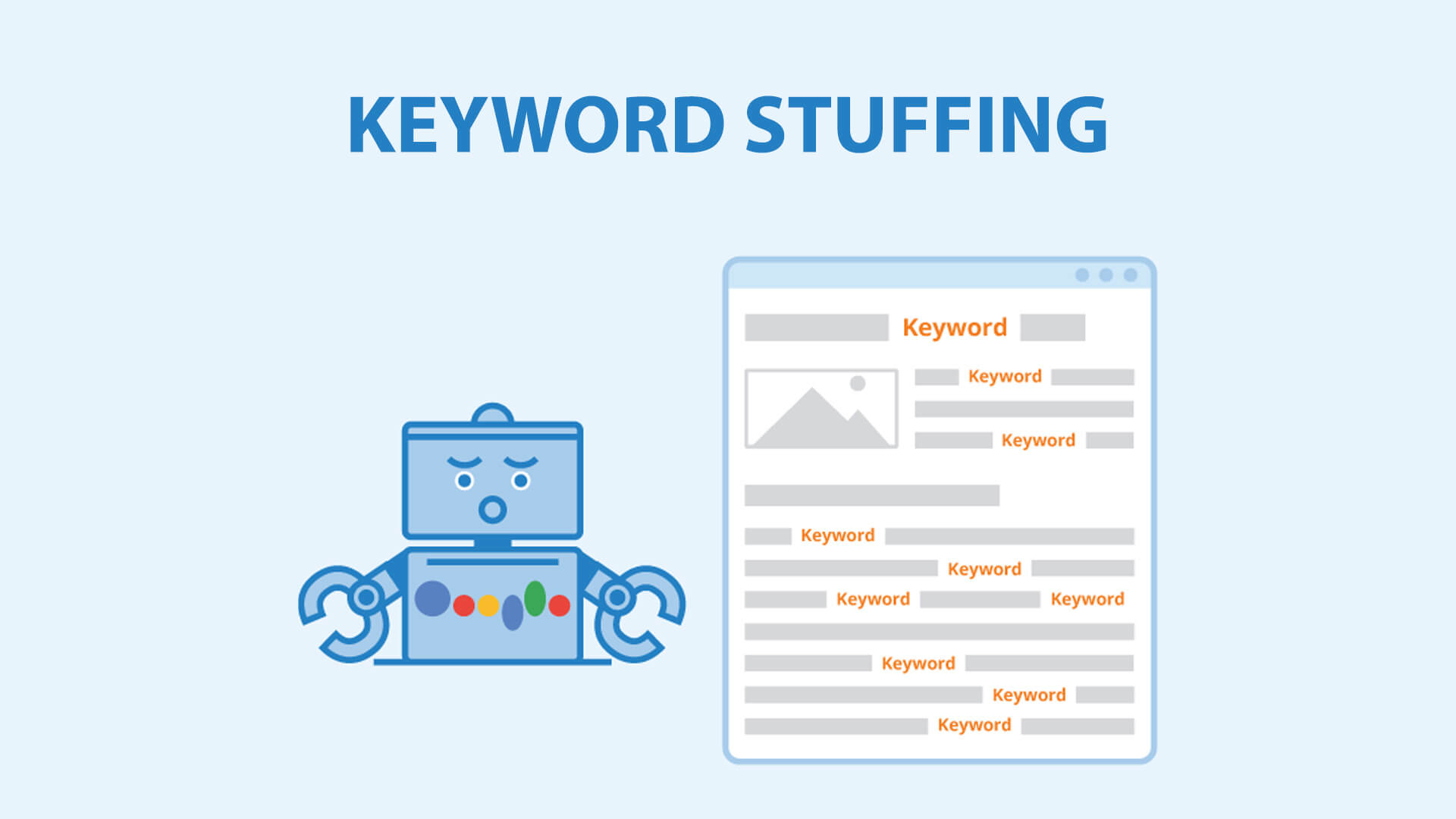
Insert the primary keyword naturally in:
-
Title
-
First paragraph
-
Some H2 or H3
-
Throughout the text (light distribution)
Using it excessively (keyword stuffing) harms readability and may trigger Google penalties.
6. Add Relevant Images or Visual Elements

Visuals help users understand content better. You can include:
-
Images
-
Infographics
-
Charts
-
Videos
Ensure every visual is relevant and supports the content.
7. Use an Appropriate Article Length

Google prefers comprehensive content.
Aim for:
-
Minimum: 300 words
-
Ideal: 1,000–2,500 words
Longer content allows deeper explanations and more keyword opportunities.
8. Add Internal Links
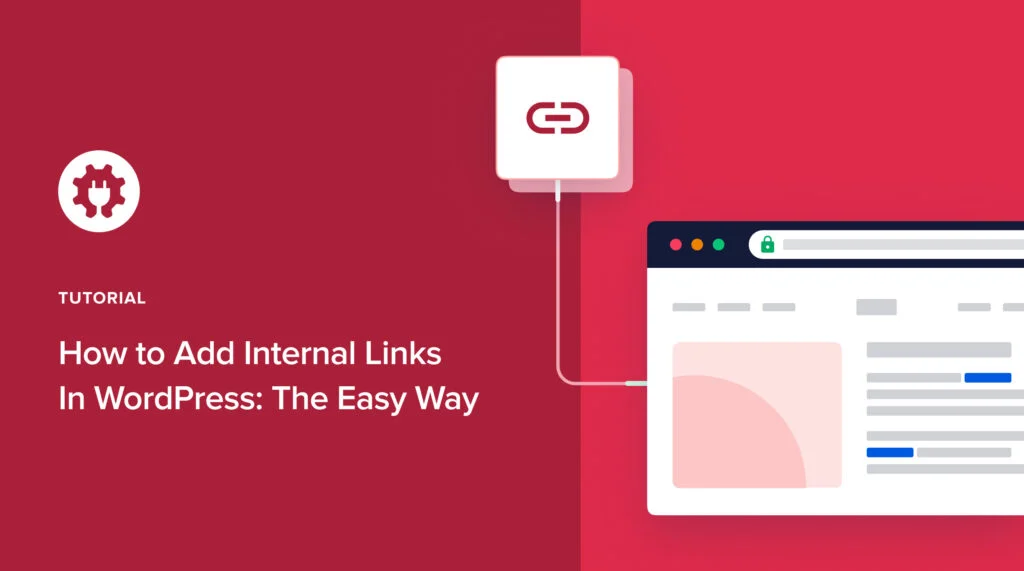
Internal links guide readers to other pages within your website.
Benefits:
✔ Helps Google index related pages
✔ Improves user engagement
✔ Increases time on site
Example: Linking your SEO guide to a content marketing article on bigtargetmedia.com.
9. Add External Links
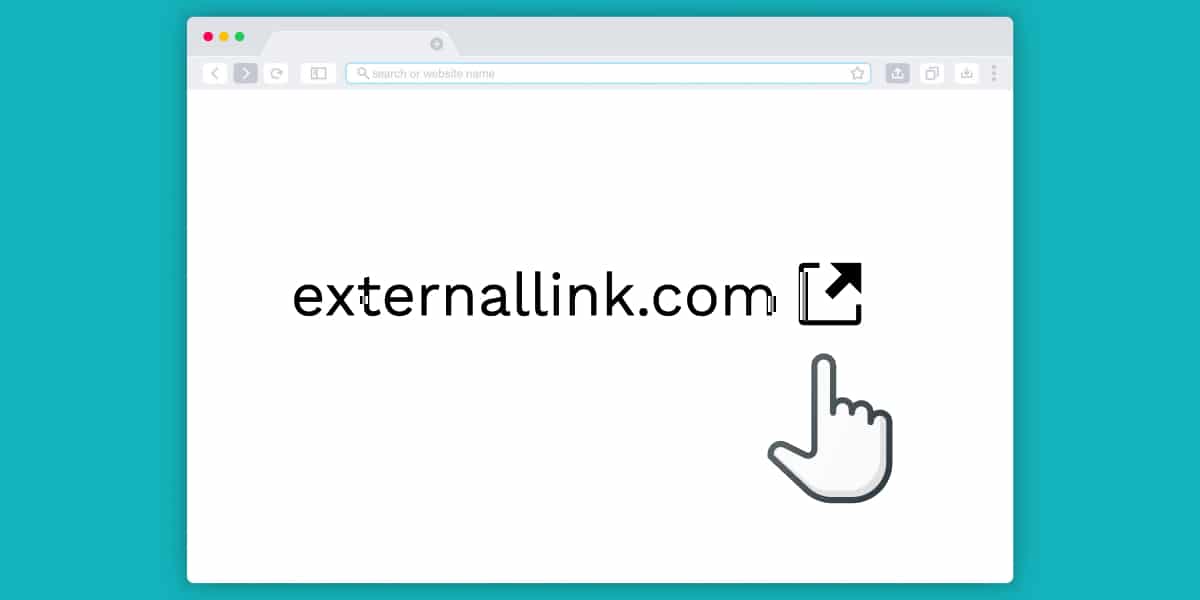
External links point to credible sources such as:
-
Journals
-
Industry articles
-
Research data
They help Google understand your content is trustworthy and well-referenced.
10. Compress Images Before Uploading
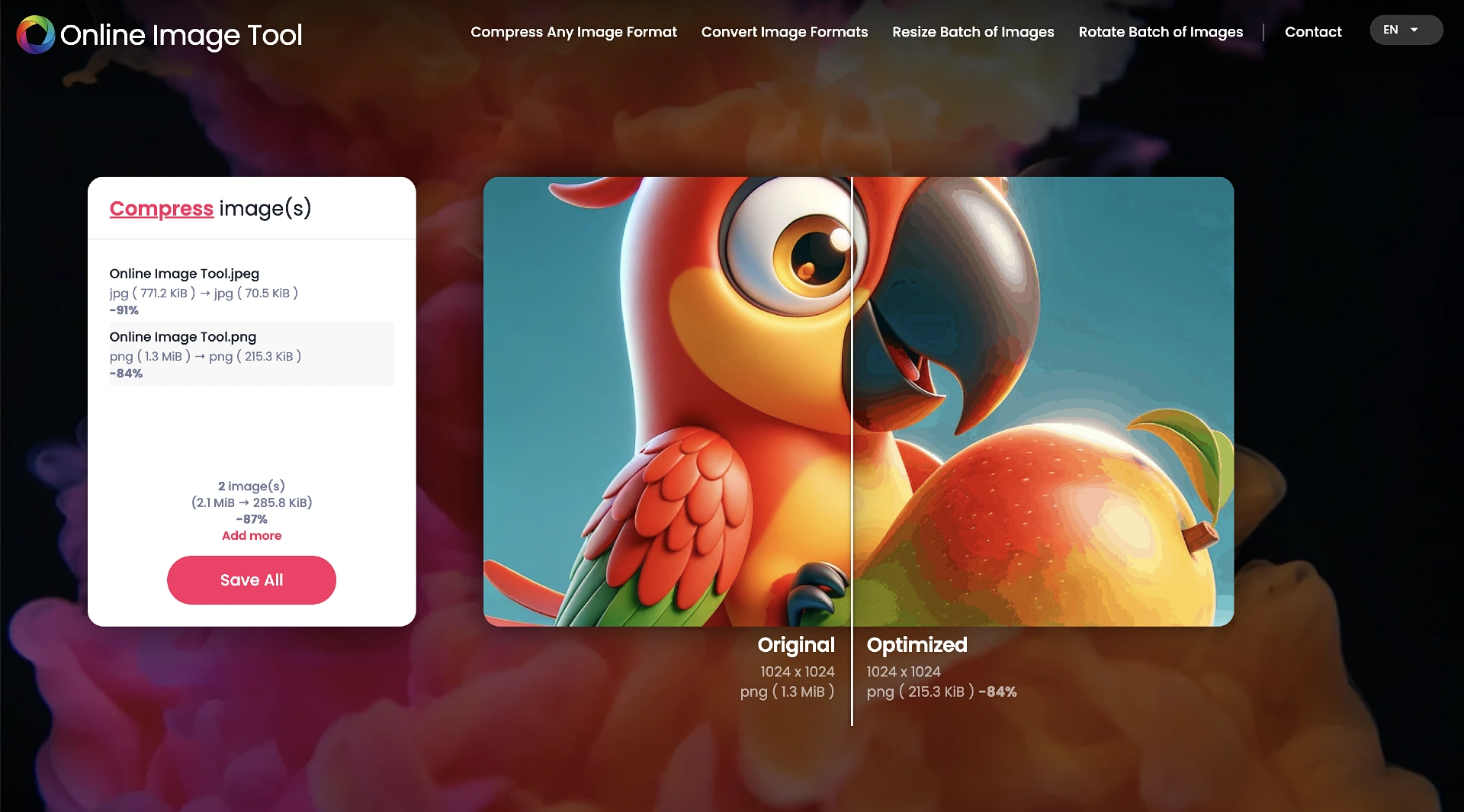
Large image files slow down your website, hurting SEO. Compress images using:
-
Photoshop
-
TinyPNG
-
iLoveIMG
-
WebP format
Smaller images mean faster loading times and better ranking.
11. Use Listicles When Suitable
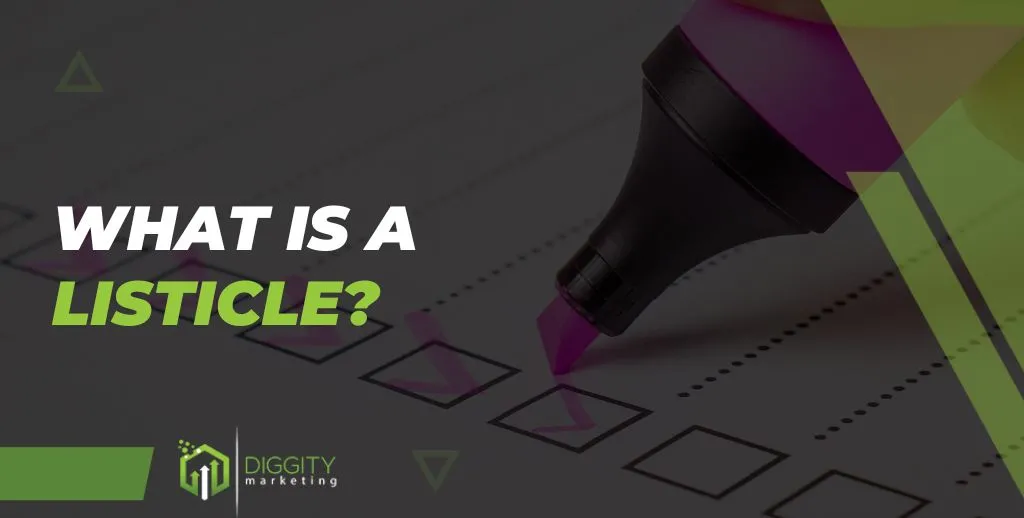
Listicle-style articles are highly effective because:
✔ They are easy to scan
✔ Readers stay engaged longer
✔ They offer room for keyword placement
Example: “10 Best Tools for SEO Beginners”.
12. Create an Engaging Meta Title
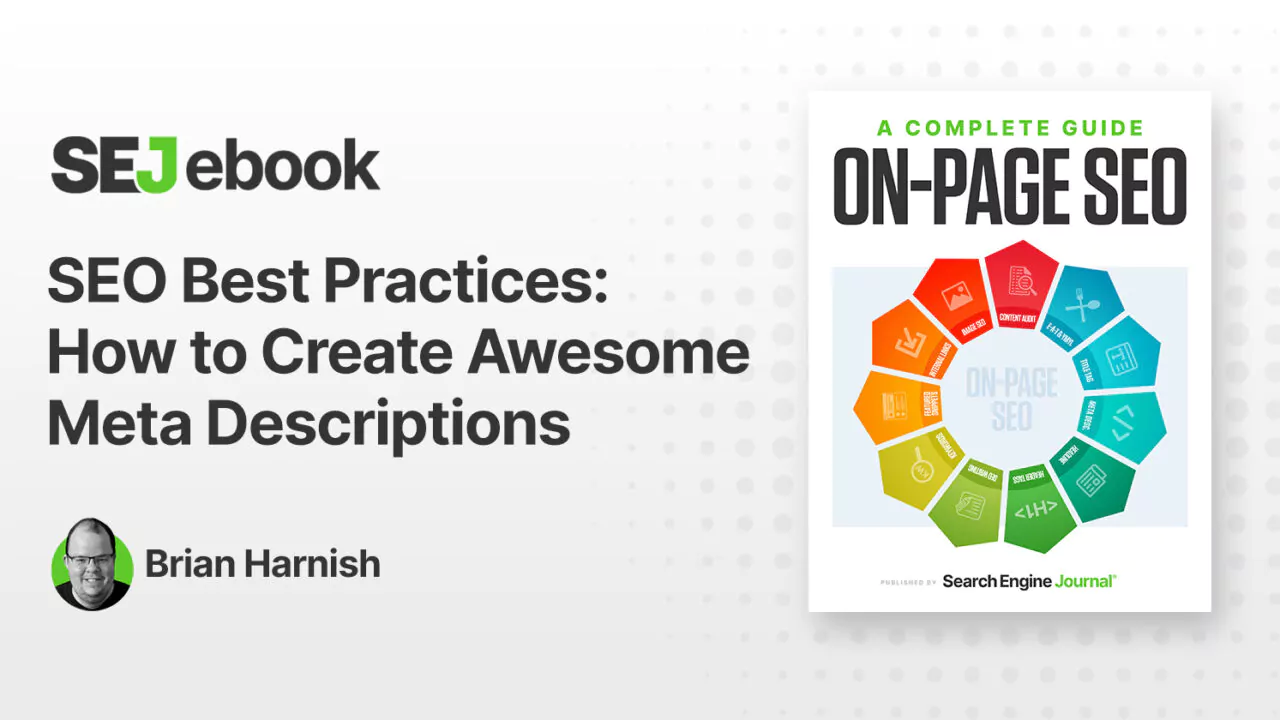
Your meta title is what users see in the search results.
Include:
-
Main keyword
-
Clear value
-
Attractive wording
Example:
“7 Expert Tips for Growing Organic Traffic Fast”
A strong meta title increases CTR (Click-Through Rate).
13. Add a Clear Call to Action (CTA)

At the end of your article, include a CTA to encourage action:
-
Subscribe to the newsletter
-
Read related articles
-
Contact your service
-
Download a guide
A CTA improves engagement and conversion.
14. Optimize Technical Blog Components

Technical SEO elements include:
-
SEO Title/Title Tag – appears on Google results
-
Permalink – clean, short URL with keyword
-
Meta Description – summary under the search title
These elements help search engines understand and classify your content.
15. Update Articles Regularly
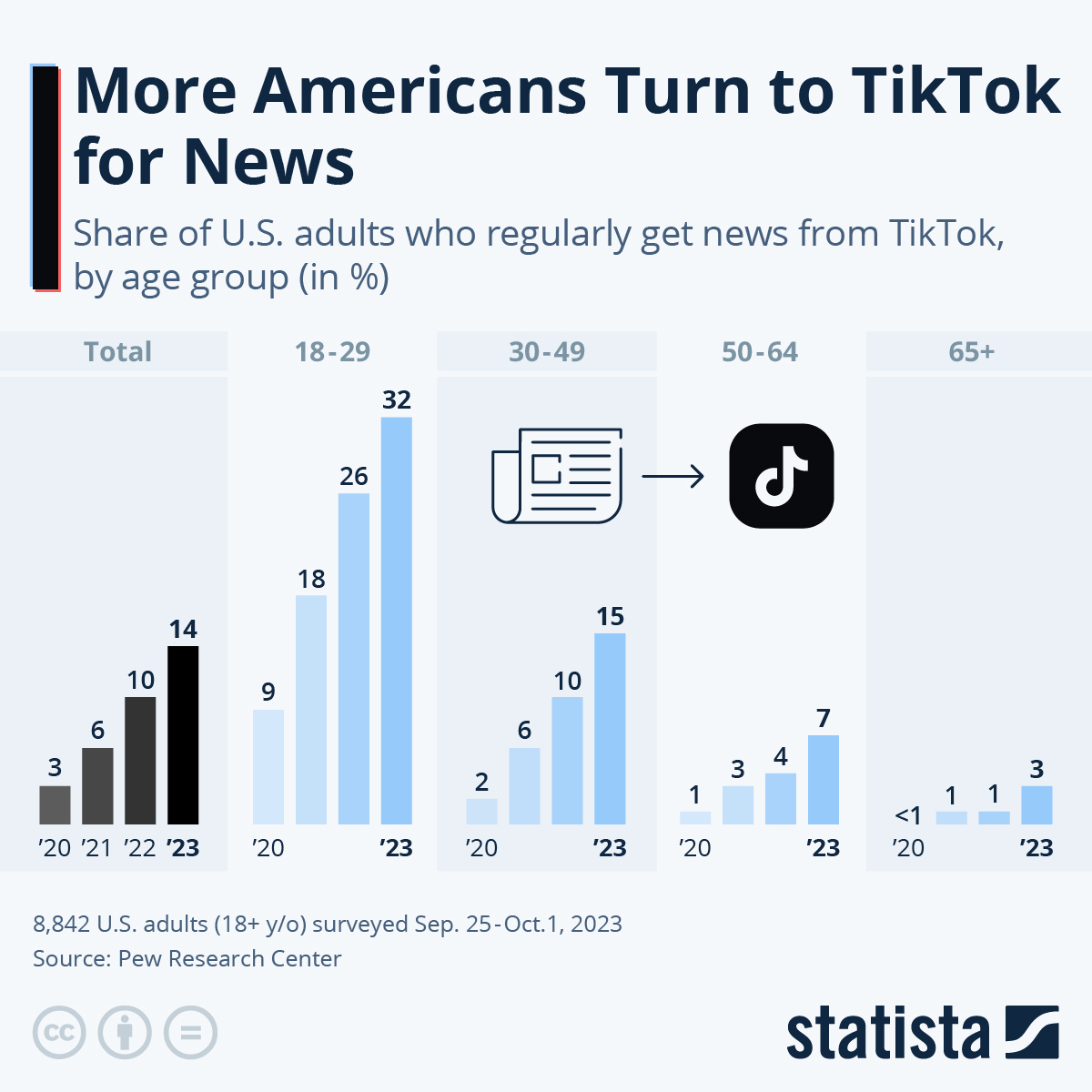
SEO is not a one-time task.
Google prefers fresh content.
Update articles by:
-
Refreshing information
-
Adding new data
-
Improving visuals
-
Optimizing keywords again
Consistent updates improve ranking stability.
Final Thoughts
Writing high-quality and SEO-friendly articles is a continuous process. By applying all 15 strategies above, your website’s content will be more optimized, user-friendly, and search-ready.
For better SEO performance, make sure your website also runs on fast, stable hosting. A responsive website with high speed helps boost your SEO score and ranking potential.
If you need professional SEO content support, bigtargetmedia.com is ready to help you create optimized articles that drive traffic and conversions.

